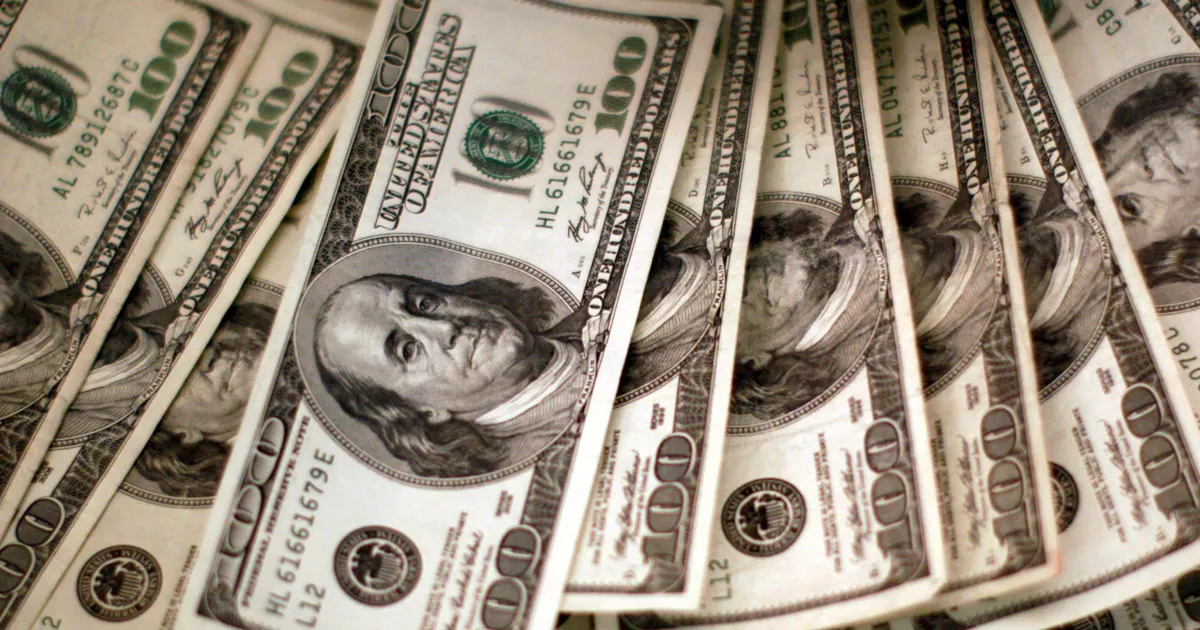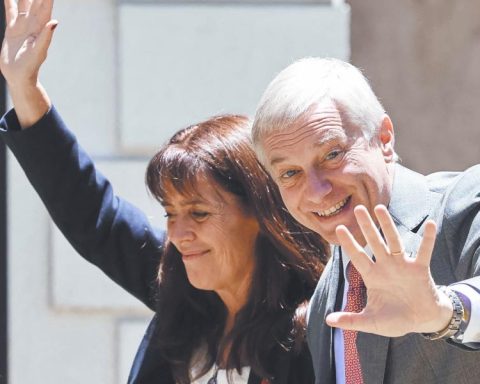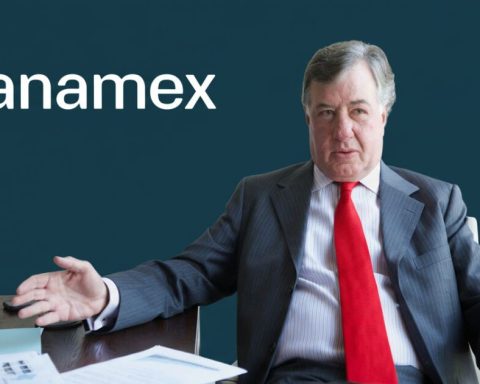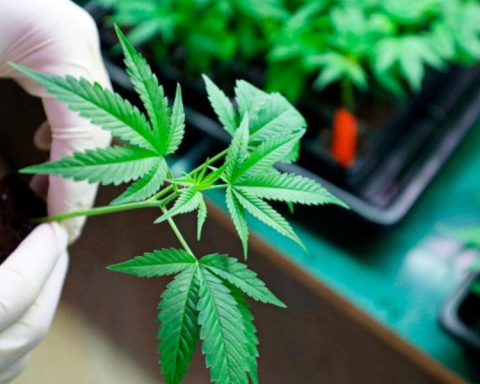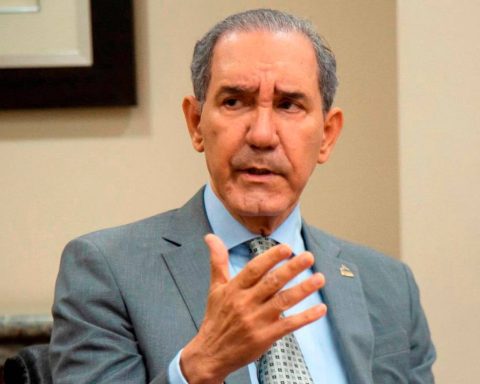“Credit card, mortgage and car loan balances continued to rise in the third quarter of 2022, reflecting a combination of strong consumer demand and rising prices,” said Donghoon Lee, an adviser to the New York Fed, in a press release.
“However, new mortgage granting has slowed to pre-pandemic levels amid rising interest rates,” it added.
The analysts indicated that the high price of the cars, the price of the houses and the high prices of the gasoline have contributed to raise the level of indebtedness of the Americans.
The report notes that mortgage lending, which includes refinancing of existing loans, fell $126 billion from the second quarter and stood at $633 billion during the third quarter.
The entity affirmed that the current activity in the market for the creation of new mortgages resembles the conditions observed before the pandemic. It also indicated that home foreclosure rates remained low.
That said, global mortgage debt during the third quarter increased by $282 billion and reached $11.67 trillion at the end of September, the New York Fed said.
The rise in consumer debt is occurring in an economy where unemployment is low and consumer demand is high amid the worst levels of inflation seen in 40 years.
The Fed has tried to moderate the rise in prices with aggressive rate hikes, which has dramatically cooled activity in the housing market. The rate hikes have also raised fears that the Fed will slow down the economy.
